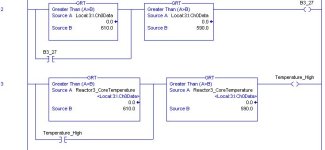ramsingh_08
Member
like to know whether any job vacancy's for Automation Engineer in ur company
hai my friend ,i kike to know whether any job vacany is there for automation Engineer.i am having 3 years exp in Automation Field.if u could please do me that favour if u could........
my contact no: 00971-50-4969755
email id : [email protected]
Thank u
with regards
raghu ram singh .
hai my friend ,i kike to know whether any job vacany is there for automation Engineer.i am having 3 years exp in Automation Field.if u could please do me that favour if u could........
my contact no: 00971-50-4969755
email id : [email protected]
Thank u
with regards
raghu ram singh .












